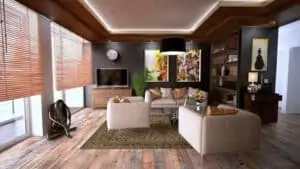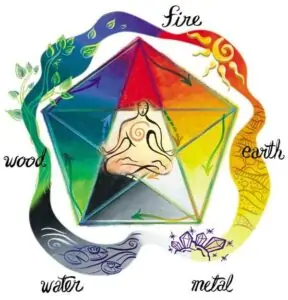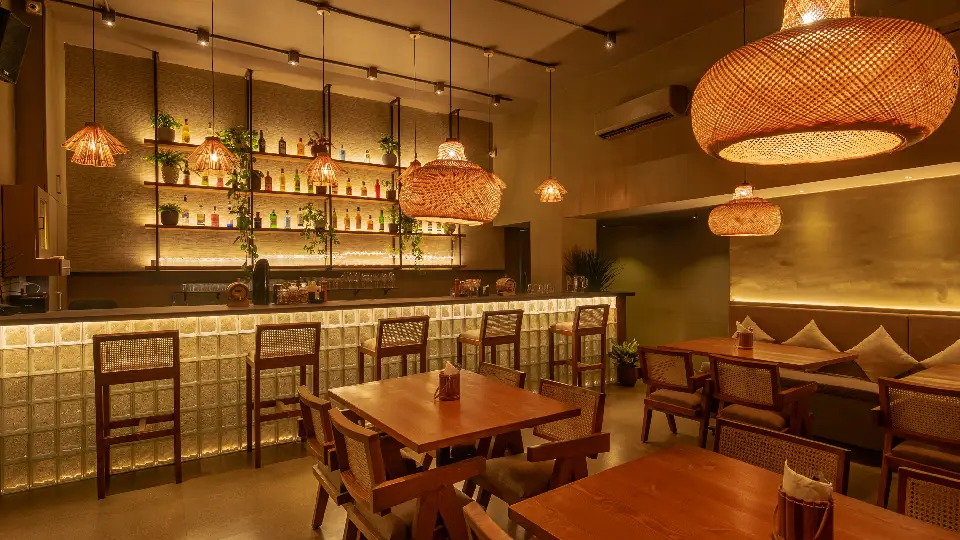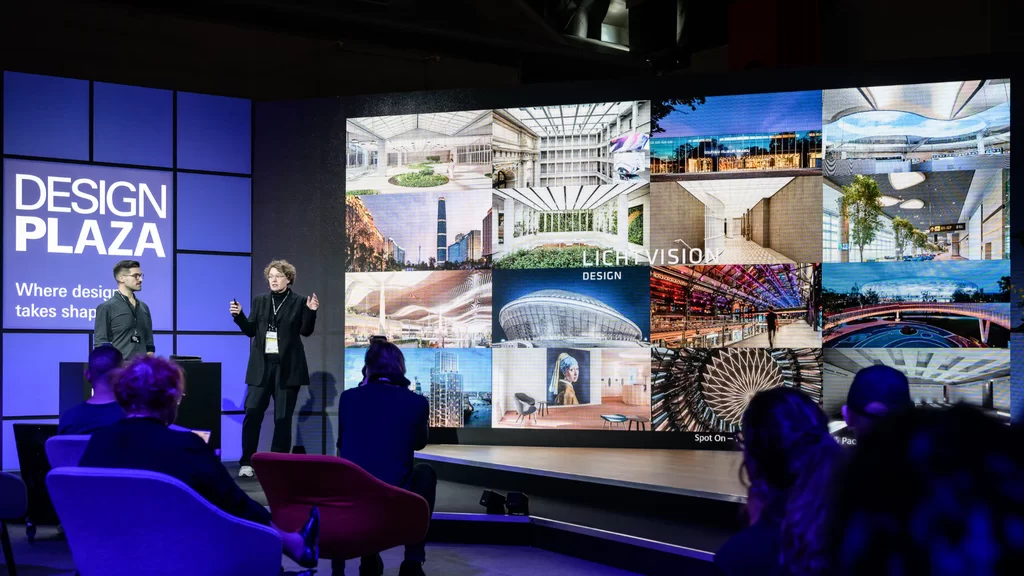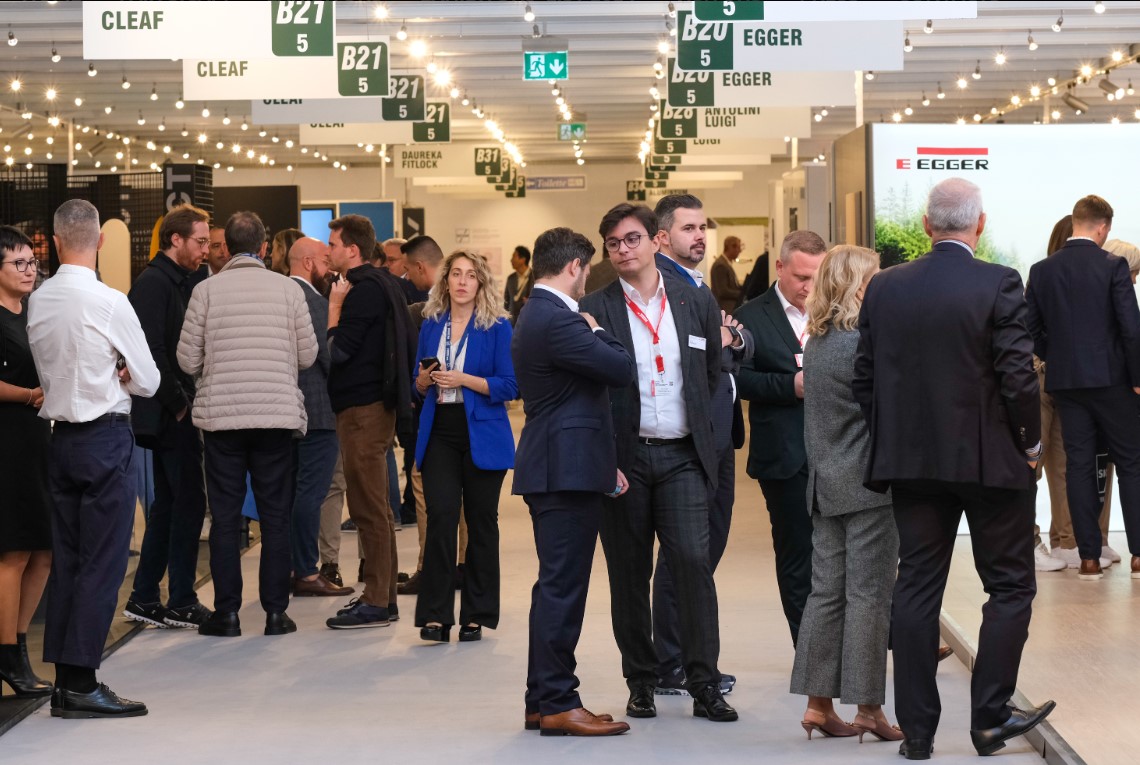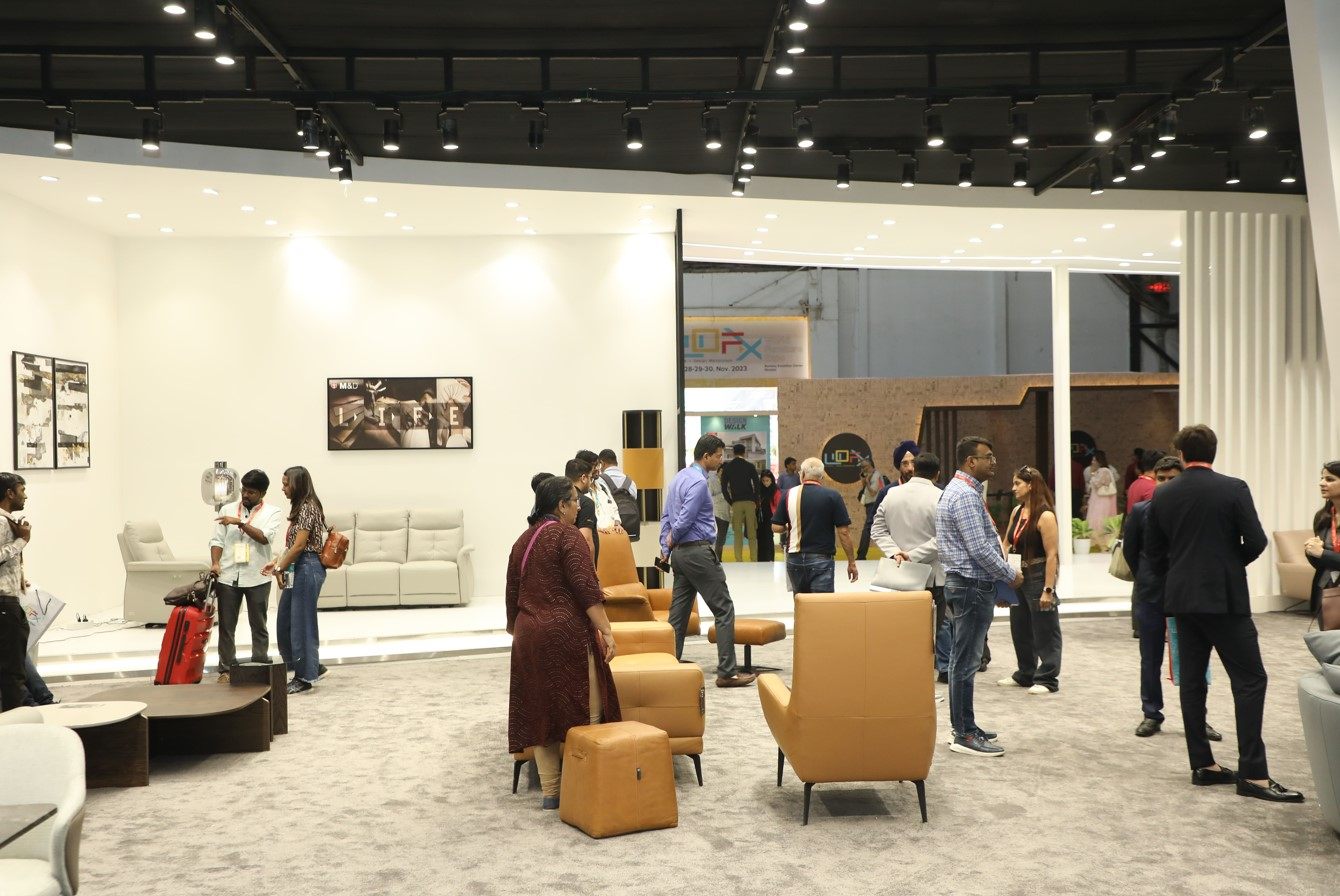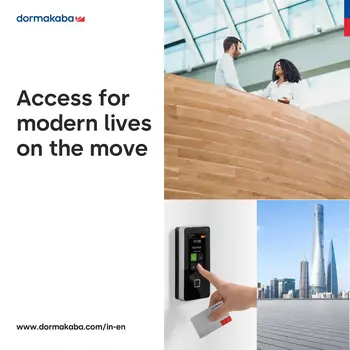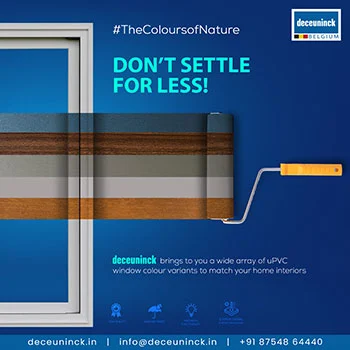Whenever we talk about interior design, we discuss the aesthetics of the place, the decorating style that we should choose and the new design trends that we can follow. But all these are mere parts of the puzzle.
The aspect of interior design that is always forgotten about or is put aside is the psychological effect of interior design on our subconscious. Just imagine for a second that you are living in your dream house. You wake up one weekend free from all daily worries and now all you want to do is grab a cup of coffee and read your favourite book. What will be your favourite spot to sit? It might be a corner by the window, or the couch, or even as simple as the dining table. This decision of choosing the spot to sit and read peacefully will be totally subconscious.
Believe it or not, the choices that you make when deciding how your home will look have a documented effect on your emotions and perceptions. The colour of the walls in your kitchen might be contributing to your anxiety and your brand of couch could lead others to assume that you are standoffish.
So, how do we make sure that our home is giving off the right impression? Read on for more information about the psychological side of decorating your homes. Please feel free to use this information to create an interior design that works for you.
Colour Choice affects your Mood!
It is no surprise that colour is the main variable that determines the aura around us. But what may be surprising is the fact that the colours in our environment have a definitive effect on our daily moods and emotions. To kickstart your day, you need the early morning energy and not the dull and gloomy feelings. To make that happen, some light and vibrant colours around you will always make you cheerful. Make sure that you are using colours in ways that fit with the tone you want to create in the space.
Modern colour psychology dates its origins to the early 19th-century when Johann Wolfgang von Goethe Published his book, Theory of Colorus. Colour concept:
-
Red:
Symbolizes power and passion. It can be used to warm up spaces and make them feel more intimate.
-
Orange:
Offers a jolt of energy and innovation. It’s best used as an accent because too much can leave people feeling overwhelmed.
-
Yellow:
Associated with happiness, creation, and creativity. It works well in combination with a calming neutral and in rooms with lots of natural light to create a peaceful environment.
-
Green:
Known for its soothing qualities. Green is the perfect choice for a foyer or entryway because it eases the transition from the outdoors.
-
Blue:
Perpetuates feelings of calm and freshness. It’s a good fit for high traffic areas like kitchens and bathrooms.
-
Purple:
Connotes royalty and luxury. Purple is a great choice for formal living rooms or master bedrooms because it adds an air of lush sophistication.
-
Grey:
Gives a sense of relaxation and serenity. Use grey in spaces like home offices or bathrooms.
-
Brown:
Like green, brown’s natural roots give it a relaxing touch. Choose it for rooms where the family gathers and furniture groupings that will incite conversation.
-
Black:
An assertion of power. Use black for statement pieces that you want to draw the eye.
-
White:
Relates a sense of cleanliness and purity. It is great for defining a space, but use white in conjunction with other colours since too much of it reads as sterile.
Remember, when you choose the colours to include in your interior, three picks are better than one. Choose a neutral for the largest items like walls and flooring, a calmer colour for furniture and other sturdy items. Then, pick a third more dramatic colour to pop in your statement accessories and décor.
Our Possessions Reveal our Personality
Once you put colour on the walls, it is time to decide how to fill the space. Famous sociologist Jean Baudrillard argues that every object chosen to fill a space helps to inform its function. In addition to that, everything from the seating arrangements to the wall hangings, and down to the coaster that sits on a coffee table- act as an expression of our personalities and determines how you feel.
When inviting a guest into our homes, they instinctively evaluate our interiors on four distinct stages, in addition to how the rooms look at face value:
-
Function:
Will this item fit your needs? Is the kitchen table big enough for your entire family? Will this flooring cover the entire area of the room?
-
Exchange:
Is this item worth the price? Would you rather have this singular high-end couch for $1,000 or a whole bedroom suite for the same price?
-
Symbolic:
Does this item have an emotional attachment? Did you choose a collection of family photos for your décor or a print of a painting?
-
Sign:
Does this item have a particular or status symbol? Is it a name brand or a generic?
Using these values, a person who chooses a smaller, designer couch over one of a generic brand offering plenty of room for their family to spread out together will be considered as genuinely concerned with appearance and the social status. Conversely, a person whose refrigerator door is covered in kids’ artwork and postcards from friends’ trips will be seen as more welcoming and sentimental than someone with a minimalist kitchen.
While there are no wrong answers, take the work into account as you go shopping for items to fill your spaces. Make sure that your interiors are giving off the impression you want.
Perception of space helps give the illusion of more.
You know the saying, “dress for the job you want, not the job you have”? While that is pretty solid advice for acing an interview, don’t stop there. The sentiment can just as easily be applied to decorating the rooms in your home.
Interior designers use a concept called the perception of space for decades to make homes appear more spacious and more user-friendly. Essentially, it just means using visual tricks to alter how others view the space around them.
Choose furniture that is scaled to size and slimmer, place a large mirror on the back wall, create depth with wall hangings to make your room appear larger. People who want their space to feel inviting should stick to an arm colour pallet, create intimate groupings with furniture, and offer plenty of ambient lighting (preferably natural light as much possible).
Utilize Vaastu/FengShui to give your home good energy:
If you want to change your lot in life, why not start by changing your interior? The ancient Indian/Chinese art of Vaastu & Feng shui respectively has been practised worldwide for over 4000 years and the participants believe that adhering to those principles can help attract good luck, success, love, and positive energy.
True adherence requires practitioners to analyze each space with the traditional knowledge or energy map, and then use those readings to determine each aspect of their décor-colours and natural materials. However, if you are not ready to take that plunge, there are a few things that you can do to improve the energy in your home.
Make sure your entranceway is clean, colourful, and welcoming. Arrange all of your furniture to allow you to see the room’s doorway clearly and appear inviting to guests. Decorate with natural elements like flowers and stones. Be sure to keep your home in good condition and free of clutter.
The way that the interior design of your home looks is only one small facet of its impact. Behind the colours that you choose for your walls and the way that you arrange your furniture, there is an additional layer of meaning. Every design choice that you make has a distinct psychological impact on your subconscious. Always try and keep the above points in the account as you conceptualize your space.
This article has been authored by:
Mr. Biswajit Chakrabarty,
BIM Architect, Dubai,
Associate Member of India BIM Association (IBIMA)




